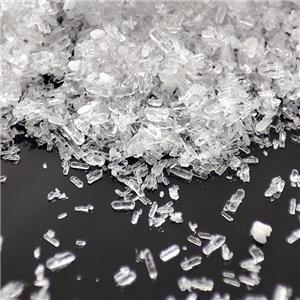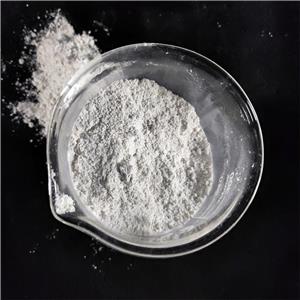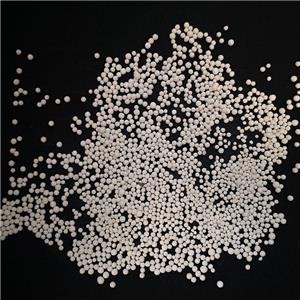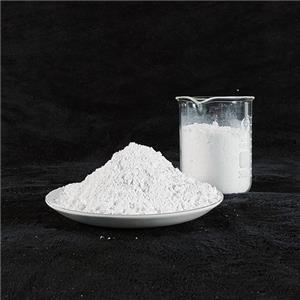what-are-the-advantages-of-magnesium-hydroxide-in-the-field-of-flame-retardants-5
Low-density polyethylene (LDPE) as the base material for cable insulation often faces the challenge of balancing mechanical properties and flame retardancy during flame retardant modification. Research shows that using poly(bisphenol A bisphosphazene) (PBPP) and Magnesium Hydroxide for flame retardant together in the LDPE flame retardant system not only increases the limiting oxygen index of the material but also significantly improves the elongation at break after electron beam irradiation - at a 50 parts per hundred Magnesium Hydroxide for flame retardant addition, the elongation at break of the PBPP-containing composites at different absorbed doses is significantly higher than that of the samples without PBPP. This finding is of great significance for special application scenarios such as nuclear power plant cables, as these materials need to withstand radiation and have flame retardancy simultaneously. The addition of Magnesium Hydroxide for flame retardant also enhances the thermal stability of LDPE composites, maintaining their performance stability at high temperatures.
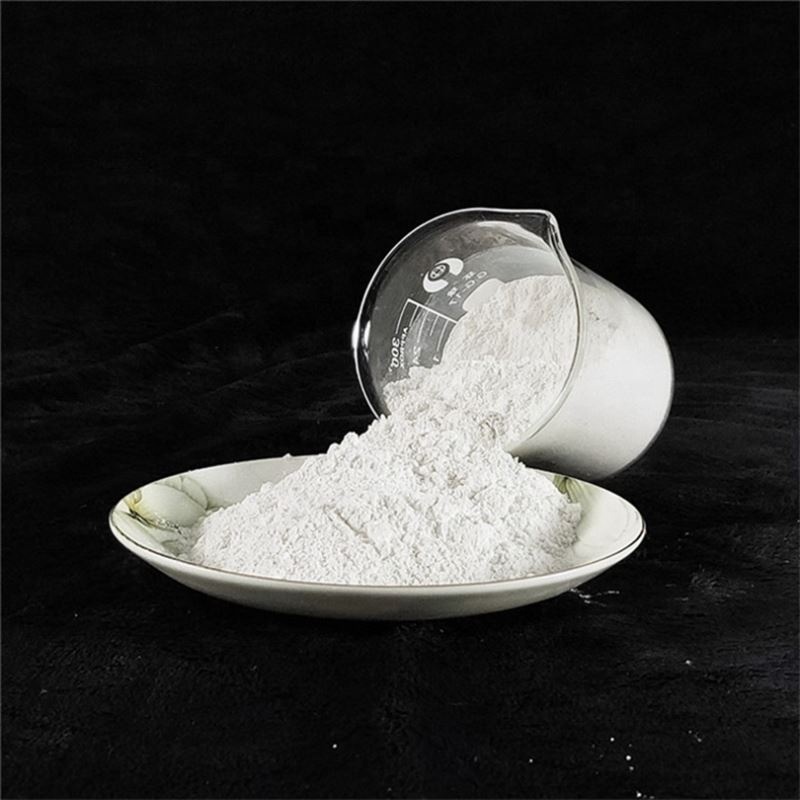
Magnesium Hydroxide Flame Retardant shows broader application prospects in special composite materials. The composite aerogel material made of magnesium hydroxide-coated hollow glass microspheres (HGM) and chitosan (CSA) features a vertical oriented channel structure and high porosity, with a thermal conductivity as low as 0.035 W·m⁻¹·K⁻¹, a limiting oxygen index (LOI) of up to 50.8, and a peak heat release rate of only 24.12 kW/m², reaching UL-94V-0 grade. This ultra-lightweight, heat-insulating and flame-retardant material has great application potential in modern buildings, meeting both energy-saving and safety requirements. Compared with traditional organic foam materials, this inorganic-based composite material is less flammable, does not release toxic gases, and has a longer service life, demonstrating the unique value of Magnesium Hydroxide Flame Retardant in high-end applications.
The application effect of Magnesium Hydroxide Flame Retardant in different material systems is influenced by multiple factors, including particle size, surface modification, and dispersion state. Nano-sized magnesium hydroxide, with a smaller particle size (≤100 nm) and a larger specific surface area (60-100 m²/g), has better dispersion and interface bonding in the matrix, achieving the same flame-retardant effect with a lower addition amount and less impact on the mechanical properties of the material. Surface-treated Magnesium Hydroxide Flame Retardant particles have better compatibility with the polymer matrix, avoiding agglomeration and further enhancing flame retardancy. For instance, wet-process modified coated magnesium hydroxide particles are regular spheres with smooth surfaces, and the coating rate can reach over 99%, dispersing uniformly during processing without agglomeration. These technological advancements enable Magnesium Hydroxide Flame Retardant to exhibit excellent flame-retardant functions in a wider range of material systems, meeting the specific requirements of different application scenarios.

